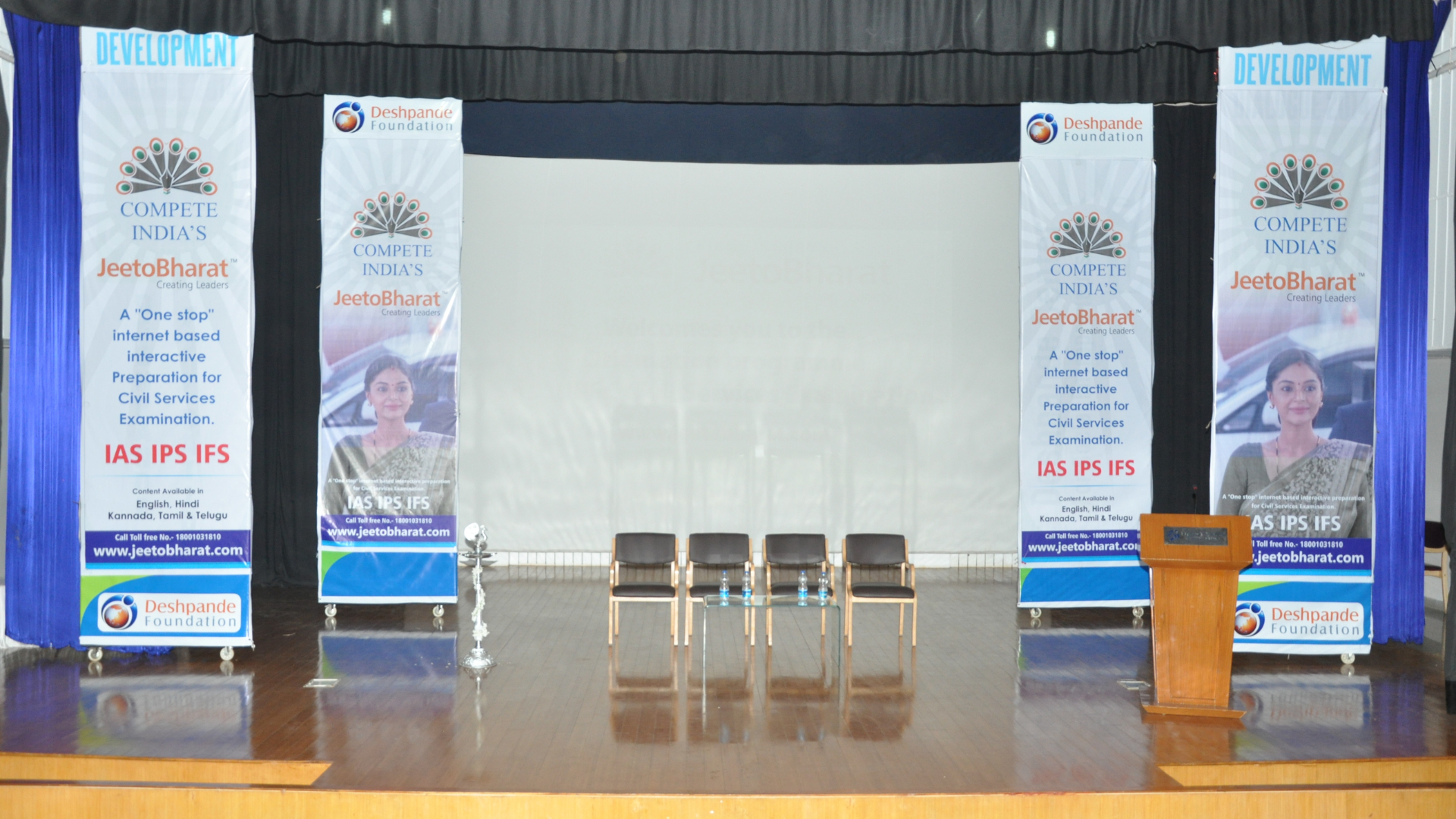JeetoBharat (Win India!)
As founder and CEO, bootstrapped and scaled an EdTech platform that democratized access to civil services exam preparation across India. Built the platform with a lean team of 3 engineers for $30,000, scaled to $500,000 in annual revenue, and helped 750 students succeed in their examinations.

JeetoBharat: Democratizing Civil Service Exam Preparation in India
Context and Opportunity
When I started JeetoBharat in 2013, aspiring civil servants in India faced a difficult choice: either relocate to major cities for expensive coaching or compromise on their preparation quality. Having experienced this challenge firsthand as an IAS aspirant, I saw an opportunity to leverage technology to democratize access to quality education.
The civil services examination market was substantial, with about 500,000 candidates appearing annually. However, the existing solutions weren’t serving them effectively. Coaching centers charged premium fees, often reaching $3,000 per year, making them inaccessible to many. Those who couldn’t afford to relocate or pay these fees were left with limited options, typically relying on outdated study materials and lack of proper guidance.
Vision and Solution
I envisioned creating a platform that would provide high-quality exam preparation at one-fifth the cost of traditional coaching centers while maintaining the personal touch of expert mentorship. JeetoBharat (“Win India”) would combine adaptive learning technology with expertly crafted content to create a personalized learning experience accessible from anywhere.
With $500,000 bootstrapped from friends and family, I assembled a small but talented team in Hubli, a tier-2 city in Karnataka. Our location choice was strategic – it kept our operational costs low while giving us access to quality talent without intense competition from larger tech companies.
Building the MVP
Our initial development phase taught me valuable lessons about product management. Instead of building all planned features at once, we focused on creating a minimal viable product that could validate our core assumptions. With a lean team of three engineers and an initial budget of just $30,000, we built our first version using the MERN stack (MongoDB, Express.js, React, Node.js) hosted on AWS.
The technical architecture decisions were driven by our need for scalability and performance. We chose MongoDB for its flexibility in handling our diverse content types, React for building an interactive user interface, and AWS services for reliable content delivery across India’s varying internet conditions.
Content Development Innovation
One of my key contributions was designing an efficient content development process. We needed to create engaging, accurate, and multilingual content while keeping costs manageable. I introduced a “Keep it Simple, Make it Sticky” framework that transformed our content creation workflow.
The results were impressive: our team produced comprehensive materials for 2,000 topics, including 60 custom animations and hundreds of instructional graphics. We successfully delivered this content in four languages (English, Hindi, Kannada, and Telugu), making quality preparation accessible to a broader audience.
Market Validation and Growth
Our go-to-market strategy focused on building trust through demonstrated results. We launched with a free trial model, which proved highly effective – we acquired 20,000 trial users within four months. The real validation came when 1,600 of these users converted to paying customers, generating approximately $480,000 in revenue.
More importantly, 750 of our students successfully cleared their examinations. Each success story strengthened our credibility and drove organic growth through word-of-mouth recommendations, proving more effective than traditional marketing approaches.
Challenges and Learning
The journey wasn’t without its challenges. Building credibility in the EdTech space took longer than anticipated, and we learned valuable lessons about cash flow management. I maintained conservative spending practices and created sufficient buffer periods for sustainability.
One critical learning was about user research – while we had good instincts about user needs, a more systematic approach to product-market fit analysis could have accelerated our growth. We also discovered that organic marketing, though slower, built stronger user trust and more sustainable growth than aggressive paid campaigns.
Impact and Results
JeetoBharat’s success demonstrated that technology could effectively democratize access to quality education. We reduced the cost of exam preparation by 80% compared to traditional coaching centers while maintaining high success rates. Our platform particularly benefited students from smaller towns and rural areas who previously had limited access to quality coaching.
Key Product Management Takeaways
Looking back, several principles proved crucial to our success:
The importance of starting with a focused MVP and iterating based on user feedback. We initially wanted to build everything at once but learned to prioritize features that delivered the most value.
Understanding the interdependence of quality, cost, and scale in product decisions. Each feature or content piece needed to balance these three factors effectively.
The value of organic growth in building sustainable products. While it took longer to gain traction, the trust we built led to stronger user relationships and better retention.
The necessity of parallel planning for product development and go-to-market strategy. The best product won’t succeed without an effective distribution strategy.
Conclusion
JeetoBharat’s journey from idea to successful execution demonstrates how technology can solve significant social challenges while building a sustainable business. As a product manager and founder, this experience taught me the importance of user-centric development, efficient resource utilization, and the power of focusing on long-term impact over short-term gains.
